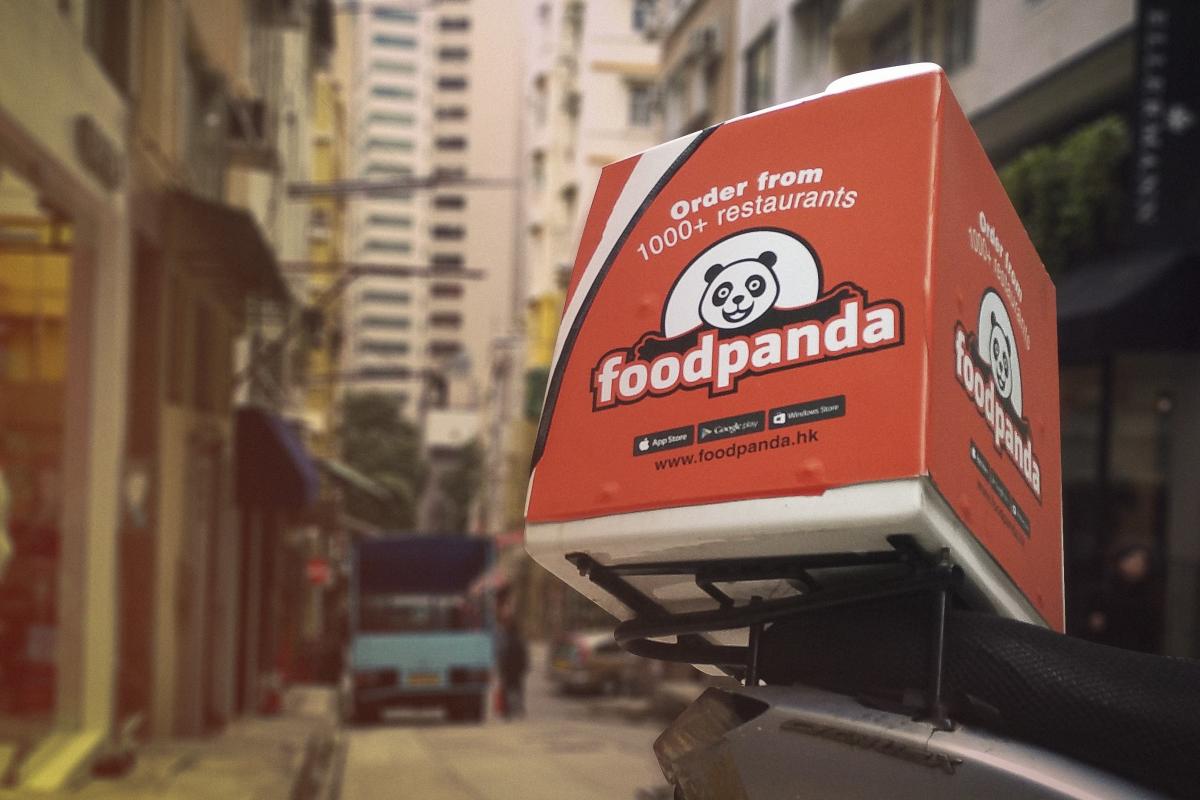Tucked away in a modest, but incredibly busy office in the Western district of Sheung Wan, is a burgeoning food delivery business you may have come across in the past year or so.
It’s a typical day in the Foodpanda office when I arrive. Around 60 full-time employees across various business units are scrambling: answering phones, crunching data, directing a fleet of drivers from laptops and taking orders from a growing customer base which has embraced the idea with open arms.
Welcome to the brave new world of food delivery, where the frantic pace of activity reflects just how fast this industry is moving and how lucrative it looks set to become.
Last year, Euromonitor predicted the food delivery market in Hong Kong would be worth HK$423.2 million in 2016. Extraordinary numbers for such a green industry.
Foodpanda has been running for nearly four years and Hong Kong is one of its newest markets after Singapore, Thailand and Malaysia. Yet, Hong Kong is also one of its most promising markets, despite having only officially launched here in May 2014.
The company did not enter the Hong Kong market in a quiet way. Backed by the Berlin-based Rocket Internet, it acquired a number of local players to establish a footprint, with investments in staff, marketing, restaurant partnerships (some 500 to date) and logistics, which has helped it expand its market share at a rapid rate.
Last December, Foodpanda trumped rival Deliveroo by undercutting its delivery time for all food orders to 30 minutes (Deliveroo promises your food in 32 minutes) in further signs of just how competitive things have become.
Alexander Roth, managing director of Foodpanda Hong Kong, says it’s a market worth investing in.
“If I look at other markets like travel agencies, hardly anyone books flights via a travel agent anymore. Clothing is the same, people purchase their clothes online. Food hasn’t been tapped in that way, but food is the biggest market of them all.”
It is because of this very reason why so many well-funded companies are now looking to play in the food delivery space.
“They see us, they see we are growing rapidly, but there’s still so much potential, especially in Hong Kong. We want to grow in a way that is sustainable and offers a great service. You can never sacrifice one for the other.”
Food ordering is typically a city business. And Hong Kong, unlike some of its regional hubs such as Singapore and Malaysia, has all the right ingredients for it to become a massive success in the years ahead. The city is densely populated, smartphone penetration is high and users have a high instalment rate of mobile applications.
“It’s perfect for what we do and that’s why we’ve invested heavy to scale up the teams,” Roth says.
Since launching in Hong Kong, Foodpanda has built a business that differs from other markets in Asia. Strong local teams have been developed around business intelligence, marketing and logistics. It also maintains a tight control on how communications with customers are managed and how data is used.
“It’s key that we control every step in the chain,” Roth says. “It’s very important in this market because customers want to have a guarantee that the food will be there on time and it’s handled with caution.
“We spend a lot on marketing and we want customers to be satisfied because if they are not they will never return to our platform.”
One not so surprising element in its rapid rise is the role of technology and analytics. Advanced algorithms to optimise couriers’ delivery routes and restaurant operations were the driving force behind its move to cut its delivery time to 30 minutes.
“We look at a lot of data, process it and then basically make a decision to how we are going to develop the business.”
Data has also helped to tailor its mobile and web presence.
“We have less inventory on our site now. You don’t need 2,000 restaurants in one respective location. Customers are never going to order from that many. If you have 30, 40 or even 50 restaurants in one location then you can satisfy all cuisine types.”
Within the world of start-ups, success is not a story everyone can claim. Indeed, entrepreneurs often embrace the idea of failure. Start-ups, especially in Hong Kong, can also be victim to their own success – aggressive growth, rapid hiring strategies and the lure of capital can burden even the best ideas. But Roth argues Foodpanda differs in many ways, mostly because of the business it operates in.
“The good thing about our business model is that it’s still very small and people need to eat food. People have more time constraints, they look for ways to structure their day so they have more free time and food ordering is one of those things.”
And to keep growing, Roth says the strategy is surprisingly simple.
“We have to satisfy our customers. If you want to retain customers, they need a very good experience otherwise they will never come back.”
In addition to a customer-centric approach are moves to tailor its website and applications with local languages and different food offerings.
“We’re looking at ways to localise further. There’s a lot of growth potential in other demographics and we may change our business strategy to suit that. You can’t force your products on everyone.”
With a relaunch of its digital platforms just around the corner, it is clear a mobile-first strategy will dominate in 2016. Foodpanda recently eliminated phone ordering and relies only on web and mobile orders. To date, some 250,000 people have download its application and mobile ordering has outstripped web-based orders. This, Roth says, is a good thing.
“We prefer mobile users. They have a different experience with the application, they tend to be more loyal than a web customer and you have different marketing applications.”
With some big partnerships to roll out in coming months, including one with the city’s biggest review site OpenRice, the future indeed looks appetising.
Read more from Marketing Interactive here.
(Photo credit: taken by Matt Eaton).



